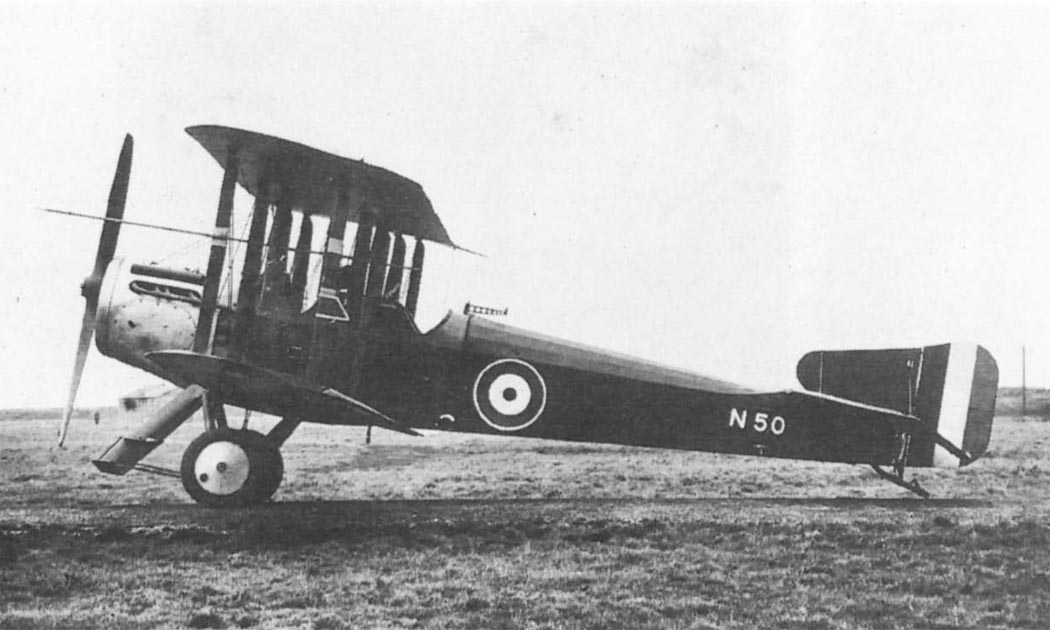Port Victoria Grain Griffin
The Port Victoria Grain Griffin was a carrier based reconnaissance aircraft developed for the British Royal Navy from the Sopwith B.1 Bomber serial N.50. In order to meet the navy’s requirements, it was fitted with folding wings while a cockpit for the observer replaced the bomb-bay of the B.1 behind the pilot’s cockpit. The wings were shortened to allow them to fold and floatation gear added to allow safe ditching at sea.
The changes to the B.1 resulted in poor handling and a significant degrease in performance. The design office at Port Victoria had realised prior to the first flight that the proposed changes would not be beneficial to performance, and had commenced design of a modified design, based on the B.1, to solve these problems. These changes included new, longer-span, two-bay wings and a wider fuselage to give room to carry a radio for the observer. The new aircraft was given the name Grain Griffin. N.50 was modified with the new wings and modified controls which greatly improved performance and handling.
The first of the true Griffins, serial number N.100, powered by a 200 hp (149 kW) Sunbeam Arab engine, started testing in June 1918. A further six Griffins followed, with one powered by the unreliable Arab and the remaining five powered by the 230 hp Bentley BR2 rotary engine.
The Griffins did not see service during the First World War. however, in July 1919, at least three Griffins were deployed on board the aircraft carrier HMS Vindictive when it sailed to the Baltic Sea in support of the British intervention in the Baltic as part of the Russian Civil War. The Griffin was replaced in service by the Parnall Panther, which was chosen to equip the Royal Air Force’s Fleet Spotter squadrons.
Port Victoria Marine Experimental Aircraft Depot
The British Royal Naval Air Service established an R.N. Aeroplane Repair Depot on the Isle of Grain on the River Medway Estuary in Kent in early 1915. As there was already a RNAS seaplane base on the Isle of Grain, the Depot was named Port Victoria, after the nearby railway station. It became the Marine Aircraft Experimental Depot.
It was renamed Marine and Armament Experimental Establishment on 16 March 1920 in recognition of the fact that weapons and other equipment were evaluated as well as complete aircraft. It was renamed again on 1 March 1924 to the Marine Aircraft Experimental Establishment and eventually moved to Felixstowe.









